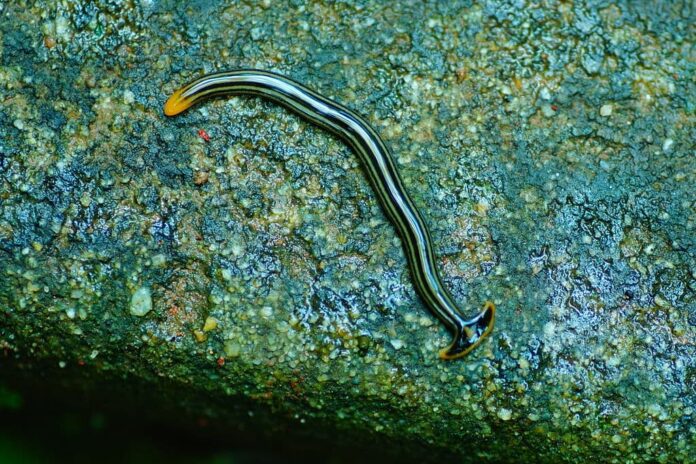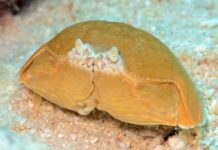A hammerhead worm is clearly something that none of us wants to come across, and for a good reason. But let’s not discriminate an insect by its appearance, we are going to learn something new today because hammerhead worms are not so popular. Coming across one of these can be a bit unpleasant but let’s find out and see if there is anything good about them.
1Appearance
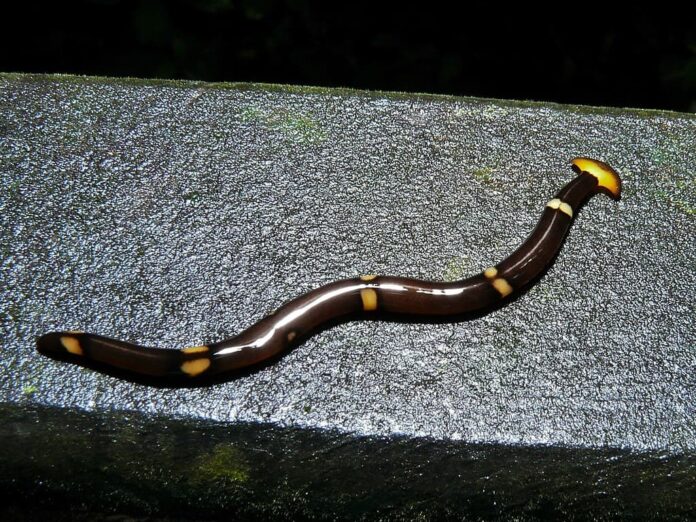
A hammerhead worm has a distinctive shovel-shaped head that earns the species its name. This broad head contains the worm’s sensory organs and a mouth. It grows to around 5 to 20 centimeters long, and its body is yellow to tan in color with a dark dorsal stripe. When moving, its flat body moves like a snake while its head shifts from side to side. There are many hammerhead worm species, and each species is different in coloration, head shape, size, and stripe pattern.
2Feeding & Habitats
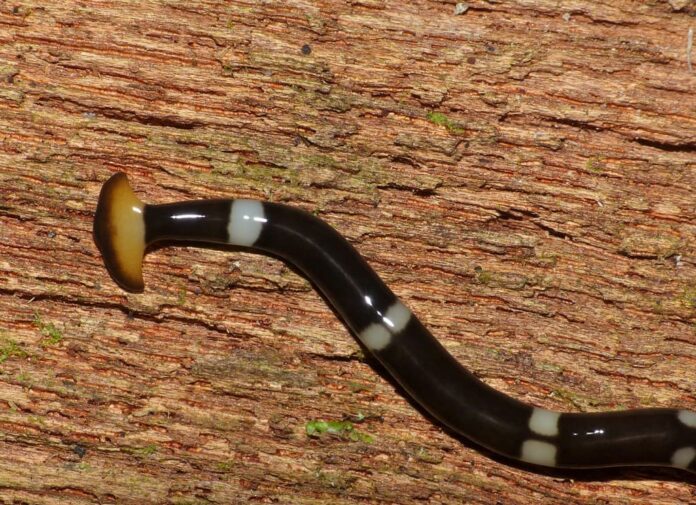
Hammerhead worms are toxic terrestrial worms that are both cannibals and predators. As cannibals, hammerhead worms feed on each other, and these predators also prey on earthworms, insect larvae, slugs, and snails. A hammerhead worm follows a chemical trail that the mollusks left behind, and the scary part is when it catches up. The moment it finds the prey, it crawls over the top, wraps itself around the prey, and begins engulfing it. When feeding, these worms evert their pharynges from their mouths to secrete enzymes that begin the digestion of the prey. The same chemical secretion also makes them noxious to predators as well which is a total plus.
This worm thrives in moist environments such as agricultural fields, forests, and gardens. It is common to see them under objects like leaf litter, logs, rocks, and where the soil is moist. In case you don’t want them around, there are a few ways to get rid of them. One way is to place them in alcohol or freeze them in a bag. You can also apply salt on each individual that bothers your flowers or plants, but make sure to not harm your vegetation. Never cut them into pieces because they can regenerate from fragments so you will end up creating more of them.
3Toxins
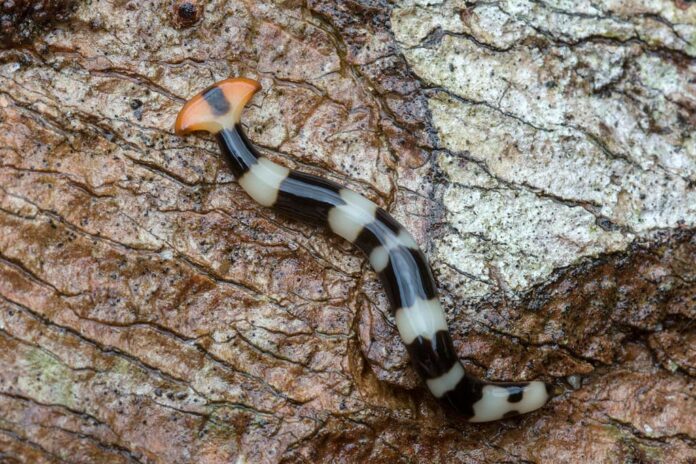
Hammerhead worms carry a neurotoxin called Tetrodotoxin which is a highly potent poison that they use as a defense mechanism. This neurotoxin affects human nervous system and the symptoms may include numbness and tingling, especially around the mouth and extremities. Though rare, paralysis can also occur, starting with the face and spreading to other body parts. Holding the worm with bare hands can cause skin irritation, and it is not advisable to do so. If your pet licks or eats one, bring the pet and the worm to the nearest veterinarian if your pet develops any symptoms. However, the worm usually contains small amounts of tetrodotoxin so it is not lethal to humans and larger animals at all.
Related Post: Strange-Looking Bristle Worm Species

